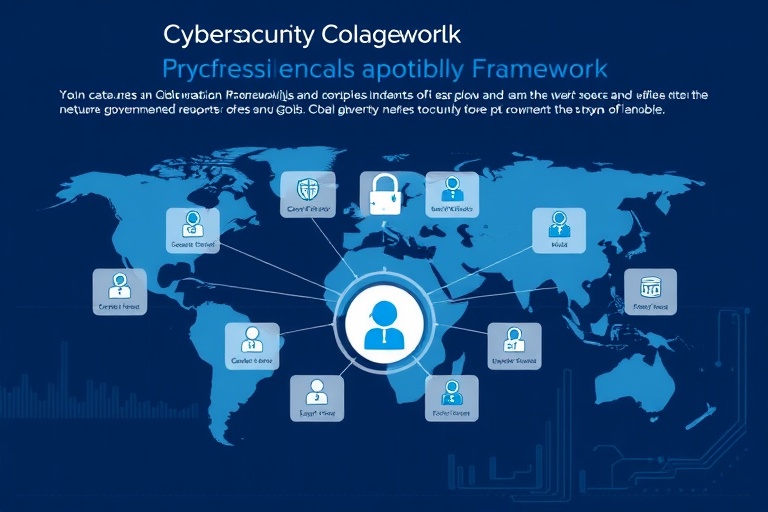Why NIST Framework?
The gold standard for cybersecurity used by governments and critical infrastructure worldwide
The Global Standard
The NIST Cybersecurity Framework isn't just another security standard – it's the framework trusted by the US government, NATO allies, and Fortune 500 companies worldwide.
Developed by the National Institute of Standards and Technology after extensive collaboration with industry leaders, NIST provides a comprehensive yet practical approach to cybersecurity that scales from small businesses to national infrastructure.
Used By:

The Five Core Functions
A holistic approach to cybersecurity management
Identify
Know what you need to protect
Protect
Implement safeguards
Detect
Find cybersecurity events
Respond
Take action on incidents
Recover
Restore normal operations
Identify
Understanding your business context, resources, and risk landscape is the foundation of effective cybersecurity.
Asset Management
- • Hardware and software inventories
- • Data classification and handling
- • Information flow mapping
Risk Assessment
- • Threat and vulnerability identification
- • Risk tolerance determination
- • Supply chain risk management
Protect
Implementing appropriate safeguards to ensure delivery of critical services and limit the impact of potential cybersecurity events.
Access Control
- • Identity management and authentication
- • Privilege management
- • Remote access controls
Data Security
- • Data-at-rest and in-transit protection
- • Data integrity and backup procedures
- • Development environment security
Detect
Developing and implementing appropriate activities to identify the occurrence of cybersecurity events in a timely manner.
Continuous Monitoring
- • Network and system monitoring
- • Malicious code detection
- • User activity monitoring
Detection Processes
- • Security event correlation
- • Incident threshold definition
- • Detection process improvement
Respond
Developing and implementing appropriate activities to take action when a cybersecurity incident is detected.
Response Planning
- • Incident response procedures
- • Communication protocols
- • Stakeholder coordination
Analysis & Mitigation
- • Forensic analysis
- • Impact assessment
- • Containment strategies
Recover
Developing and implementing appropriate activities to maintain resilience plans and restore capabilities impaired by cybersecurity incidents.
Recovery Planning
- • Business continuity procedures
- • System recovery protocols
- • Backup and restoration testing
Improvements
- • Lessons learned integration
- • Recovery process enhancement
- • Communication coordination
Why NIST Works for Business
Practical benefits that deliver real security improvements
Cost-Effective
Focus resources on high-impact security measures rather than expensive tools that don't address real risks.
Scalable
Adapts to your business size and maturity level, growing with your organisation over time.
Integrated
Works with existing business processes and compliance requirements, not against them.
Flexible
Technology-agnostic approach that focuses on outcomes, not specific vendor solutions.
Risk-Based
Prioritises security investments based on actual business risks and threat landscape.
Industry Standard
Aligns with supplier and partner security expectations, facilitating business relationships.
Real-World Impact
Average reduction in security incidents for organisations implementing NIST Framework
Faster incident response
Reduced recovery time
Lower security costs
Source: NIST Cybersecurity Framework Implementation Study, 2023
Ready to Implement NIST?
Let our defence-grade expertise guide your NIST implementation. Book a consultation to discuss your specific requirements.
Start Your NIST Journey